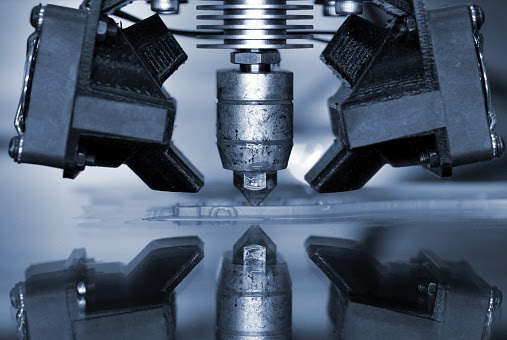The meat industry worldwide is estimated to be currently worth somewhere around US$2 trillion. Meat production is growing steadily at a rate of as high as 3% each year, however independent market research firm IDTechEx in a recent report laid out some hard numbers that once again show just how inefficient raising animals for food is and how almost ridiculously unsustainable the status quo would be by 2050. As Dr. Michael Dent, the report’s technology analyst, noted, “Of the 51 million km2 of agricultural land, 77% is used for livestock and feeding livestock … despite this, only 17% of global caloric consumption comes from animals. Only 33% of global protein intake comes from meat and dairy.” Dent summary is simple, “[Meat production] is an inefficient way to produce food that may soon be unable to adequately feed the growing global population, which could reach 10 billion by the year 2050.” It’s not like we haven’t heard these warnings before. The United Nations and other organizations have long foretold population estimates for 2040-2015 of somewhere between 8 and 10 billion. As Dent and team point out, to feed that many people, global food production would need to increase by 70%. And the limited number of calories and protein that animals provide simply isn’t justifiable mathematically in proportion to the land that would be required for raising them.
The IDTechEx report recommends a large-scale shift to plant-based and cultured meat. And for perhaps the first time in history it is possible to do both of those things, all that’s needed is willpower and determination. The science is not just keeping pace but exceeding expectations. Setting aside cultured meat – which is still somewhat expensive and raises questions about cholesterol and other nutrition issues – the science of plant-based meat substitutes has grown so fast it’s almost shocking just how good a plant-based kebab tastes, and how much it tastes like a “real” kebab. Startups using 3D printing technology are working on formulas with input from chefs, taste experts, butchers, and AI programs to create imitation plant-based meat that’s “a whole new animal.” The texture and flavor of meat is hard to recreate. Even with the famous ‘bleeding burgers and other plant-based breakthroughs, there’s always been something a little “off.” with 3D printing technology, you can print layers, and each layer can provide something different – such as ‘alternative fat’ or ‘alternative muscle’ so that when you’re chomping on a vegan steak you get texture in one area, the taste and sensation of fat in another part of the vegan steak and that tender meat flavor in another section of the slab. This ‘alt-meat’ is a radical step forward.
When 3D printing first got off the ground not that long ago there were high hopes for its use in customization. Ideas were many: printing a shoe that would fit you perfectly, or printing a part that specific to a specific machine. And indeed, 3D printing technology has fulfilled those dreams and more. But the tech’s use for food was pioneered in 2006 when Cornell University students used a multi-material 3D printer to print foods such as cookie dough and cheese. Little did they know that they had created a new industry. In 2018, the first meat-free steak made from vegetables was printed and as we enter 2022, the technology is growing exponentially in the way only technology can.
3D printing for food uses generally just three major techniques. Extrusion, selective laser sintering and binder jetting, and inkjet printing… although within those three techniques there are a wide variety of methods by which to achieve the desired result. Extrusion is relatively easy to understand, with a nozzle pushing out a layer of food in much the same way a 3D printer might extrude plastic to create some machine part. Hot-melt extrusion uses food material that’s been heated slightly above that material’s melting point after which the melted material is extruded from and solidifies. Chocolate is commonly printed with this technique because of its ability to quickly solidify after being melted. Selective laser sintering is the technical term for powdered foods being heated up and then being forced to bond to form some solid structure. Needing powdered ingredients means limitations, and therefore it’s generally used for creating sweets or candies. Inkjet printing uses gravity, with edible ‘food ink’ being dropped onto a surface, often of some other food.
Now, however, these various processes and techniques are being used in varying combinations to create plant-based meat (as well as cultured meat). The potential of printed meat is tantalizing and could be a cash cow for investors while helping move the planet away from unsustainable animal protein production. Also interesting is an idea from recent startups to use 3D food printing technology to reduce food waste. Some 1.6 billion tons of food each year is wasted as it’s being produced for consumption. These wasted foods could be reused and printed into suitable forms of edible food. The technology is exciting and opens doors to a sustainable future.

